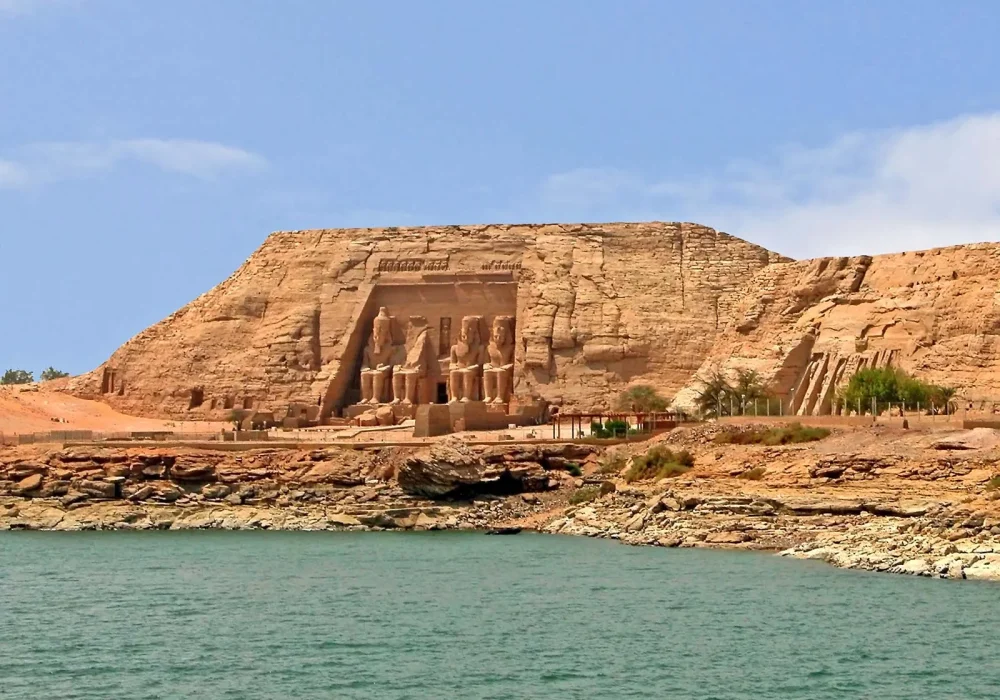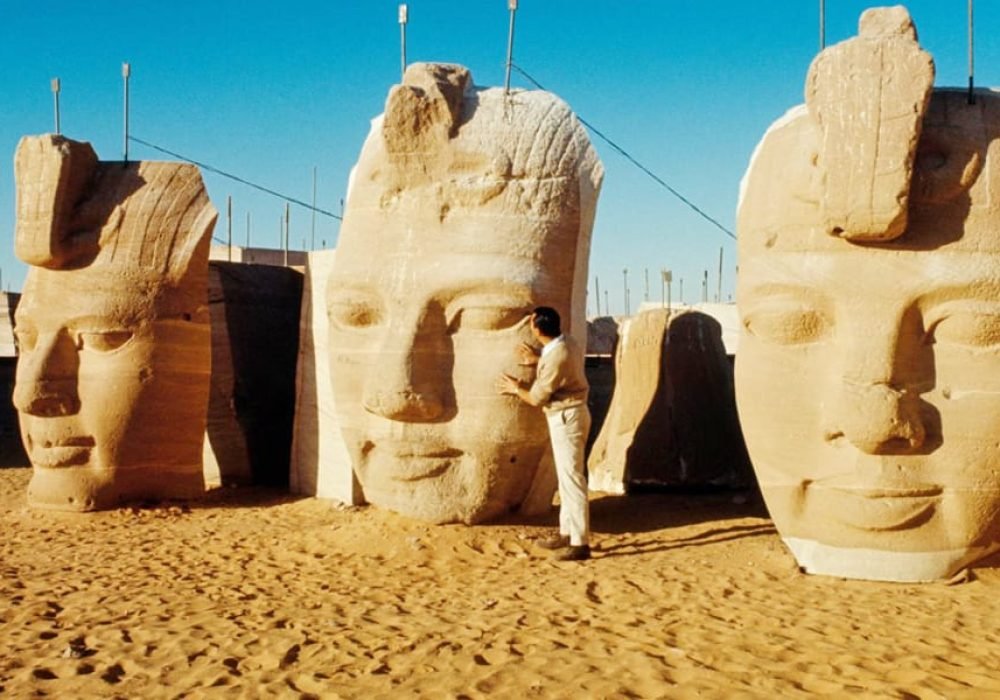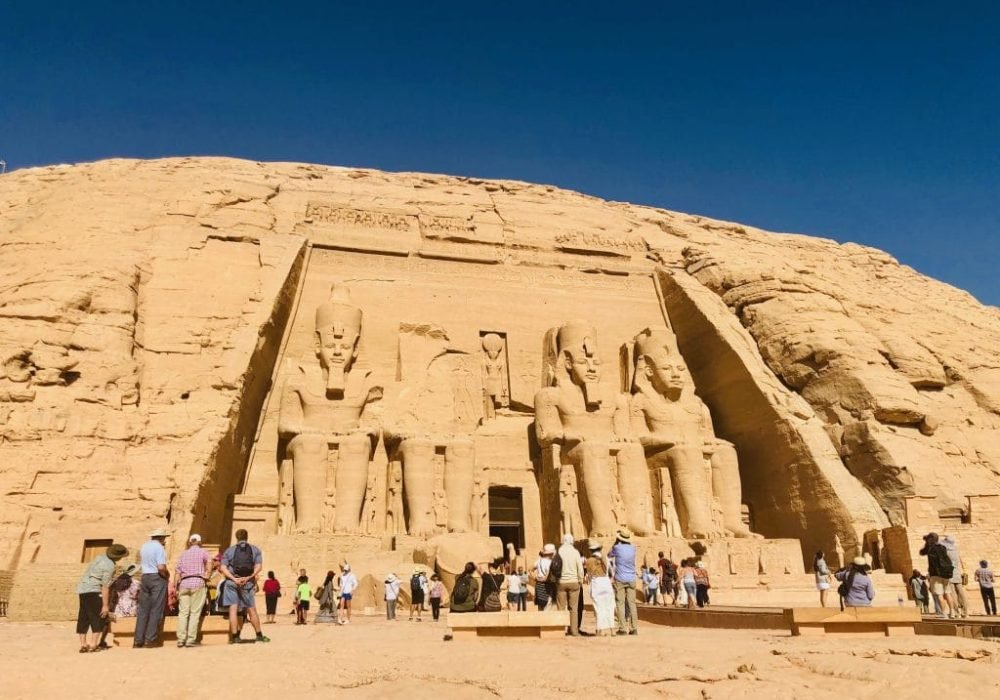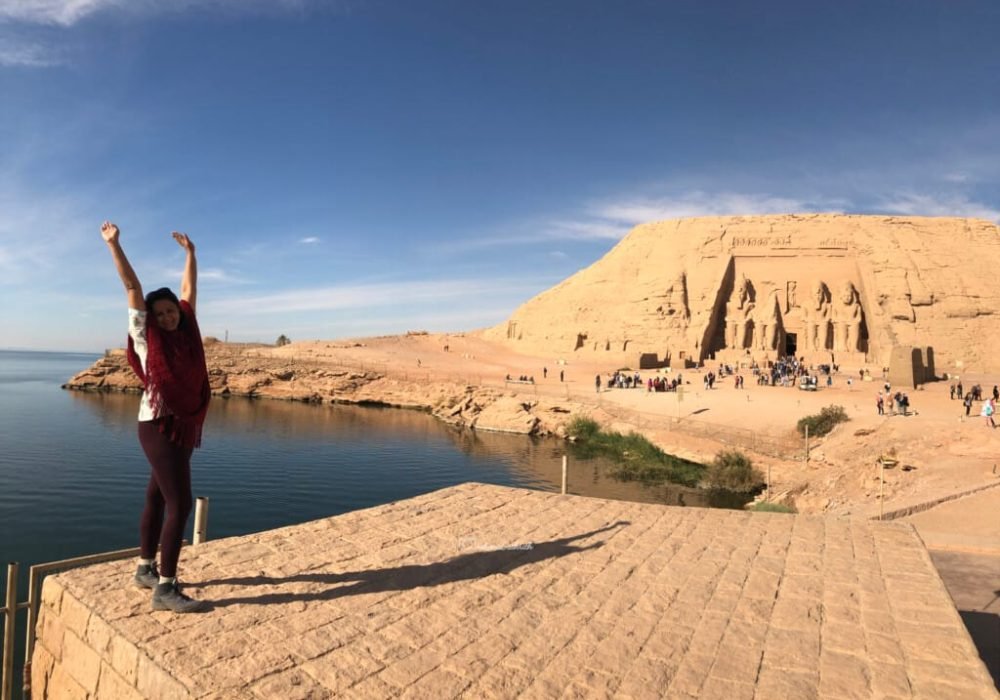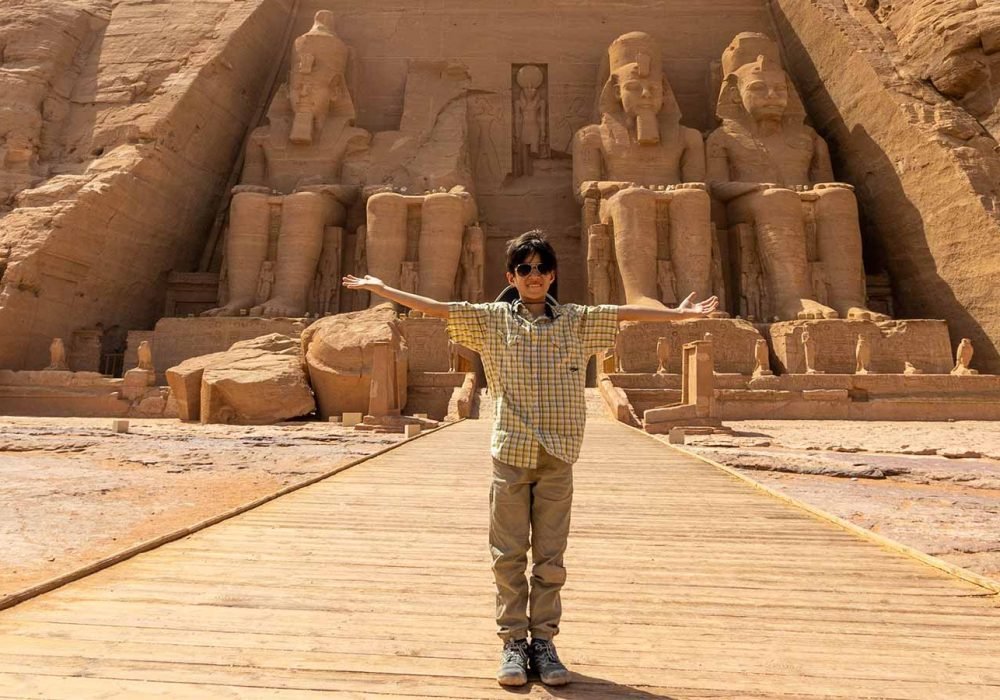- Egypt Tour Magic
- Egypt Tour Packages
- Excursions in Egypt
- Cairo Tours and Excursions
- Hurghada Tours and Excursions
- Soma Bay Tours and Excursions
- Makadi Bay Tours and Excursions
- Sahl Hasheesh Tours and Excursions
- El Gouna Tours and Excursions
- Marsa Alam Tours and Excursions
- Port Ghalib Tours and Excursions
- El Quseir Tours and Excursions
- Dendera and Abydos Day Tours
- Aswan Tours and Excursions
- Luxor Tours and Excursions
- Alexandria Tours and Excursions
- Sharm El Sheikh Tours and Excursions
- Top Rated Tours in 2025
- Optional Excursions in Egypt
- Private Transfer
- Blogs About egypt
- Ancient Egypt
- What You Need To know Before Your First Trip To Egypt
- Best Places to Visit in Egypt 2025
- Top Attractions in Red Sea Resorts 2025
- Top 10 Tourist Activities in Egypt
- Top 30 Activities You Can’t Miss in Egypt
- The Guide to Guided Tours in Egypt
- Egypt’s Ancient and Modern History
- The Nile River
- The Deserts of Egypt
- Historical Sites in Egypt
- Cairo
- Alexandria
- Luxor
- Aswan
- The Red Sea
- Dendera Temple
- El Fayoum Oasis
- Bahariya Oasis
- Siwa Oasis
- Al Alamein
- Marsa Matruh
- Ancient Egyptian gods
- famous Egyptian dishes
- UNESCO World Heritage sites
- About Us
- Why Egypt Tour Magic
- Egypt Tour Magic
- Egypt Tour Packages
- Excursions in Egypt
- Cairo Tours and Excursions
- Hurghada Tours and Excursions
- Soma Bay Tours and Excursions
- Makadi Bay Tours and Excursions
- Sahl Hasheesh Tours and Excursions
- El Gouna Tours and Excursions
- Marsa Alam Tours and Excursions
- Port Ghalib Tours and Excursions
- El Quseir Tours and Excursions
- Dendera and Abydos Day Tours
- Aswan Tours and Excursions
- Luxor Tours and Excursions
- Alexandria Tours and Excursions
- Sharm El Sheikh Tours and Excursions
- Top Rated Tours in 2025
- Optional Excursions in Egypt
- Private Transfer
- Blogs About egypt
- Ancient Egypt
- What You Need To know Before Your First Trip To Egypt
- Best Places to Visit in Egypt 2025
- Top Attractions in Red Sea Resorts 2025
- Top 10 Tourist Activities in Egypt
- Top 30 Activities You Can’t Miss in Egypt
- The Guide to Guided Tours in Egypt
- Egypt’s Ancient and Modern History
- The Nile River
- The Deserts of Egypt
- Historical Sites in Egypt
- Cairo
- Alexandria
- Luxor
- Aswan
- The Red Sea
- Dendera Temple
- El Fayoum Oasis
- Bahariya Oasis
- Siwa Oasis
- Al Alamein
- Marsa Matruh
- Ancient Egyptian gods
- famous Egyptian dishes
- UNESCO World Heritage sites
- About Us
- Why Egypt Tour Magic
Visiting Abu Simbel Temple in Aswan: A Marvel of Ancient Egyptian Architecture
Abu Simbel, one of Egypt’s most famous and awe-inspiring temples, is located in the southern part of the country, near the border with Sudan, in the city of Aswan. This monumental site is a true testament to the grandeur of ancient Egyptian civilization, renowned for its stunning rock-cut architecture and rich historical significance. The Abu Simbel temples are not just architectural wonders but also symbolically significant, as they reflect the power and genius of Ramesses II, one of Egypt’s greatest pharaohs. Visiting Abu Simbel is an unforgettable experience, offering travelers a glimpse into Egypt’s remarkable history, art, and culture.
1 . Historical Significance of Abu Simbel
Abu Simbel consists of two temples: the Great Temple of Ramesses II and the Small Temple of Nefertari, dedicated to the king’s favorite wife. Built during the reign of Ramesses II (1279–1213 BCE), these temples were originally carved out of the mountainside to commemorate the king’s victory at the Battle of Kadesh and to honor the gods. The massive statues of Ramesses II at the entrance of the Great Temple are among the most iconic symbols of ancient Egypt.
The temples were constructed to ensure that the divine presence of Ramesses II and the gods would remain prominent even in the distant future. Notably, the Great Temple has four colossal statues of Ramesses II seated at its entrance, each standing around 20 meters tall, symbolizing the king’s dominance and divine power. The Small Temple dedicated to Nefertari is also impressive, with six statues of Ramesses and Nefertari side by side, symbolizing the equality between the king and his queen.
2 . Architecture and Design
The architecture of Abu Simbel is a marvel of ancient engineering. The Great Temple is built into a solid rock face, and its interior features an impressive hall lined with columns, leading to several chambers. The most remarkable feature of the Great Temple is the alignment of the temple’s entrance. Twice a year, on February 22 and October 22, the sun shines directly into the temple’s inner sanctuary, illuminating the statues of Ramesses II and the gods seated in the chamber, a phenomenon that celebrates the king’s birthday and coronation day.
The Small Temple dedicated to Nefertari is smaller but equally impressive. It features six towering statues at its entrance, with Ramesses II and Nefertari depicted side by side, highlighting the importance of the queen. The temple’s interior is adorned with colorful reliefs, depicting Nefertari and Ramesses II in scenes of worship and adoration to the gods, as well as intimate depictions of the royal family.
3 . The Relocation of the Temples: A Modern Miracle
One of the most incredible aspects of visiting Abu Simbel today is knowing the remarkable history behind its relocation. In the 1960s, when the construction of the Aswan High Dam threatened to submerge the temples under the rising waters of Lake Nasser, an international campaign led by UNESCO managed to save Abu Simbel. The temples were carefully dismantled, block by block, and relocated to higher ground, about 65 meters above their original location. The relocation project is considered one of the greatest feats of modern archaeology and engineering, as it preserved the temples for future generations to enjoy.
4 . The Experience of Visiting Abu Simbel
When visiting Abu Simbel, tourists are greeted by the impressive sight of the colossal statues of Ramesses II standing proudly at the entrance of the Great Temple. The sheer size of these statues, as well as the intricate carvings that adorn the temples, make the experience overwhelming and awe-inspiring. Walking through the temple’s halls and chambers, visitors can admire the colorful reliefs and hieroglyphs that depict scenes of the king’s battles, victories, and offerings to the gods.
The Small Temple of Nefertari is equally captivating, with its beautiful exterior and interior carvings that depict the close relationship between the king and his queen. The reliefs inside the Small Temple are known for their fine detail and vivid colors, which have been remarkably well-preserved.
Visitors should also make sure to explore the outdoor surroundings of Abu Simbel, as the site offers panoramic views of the surrounding desert and the Nile River, making it a photographer’s paradise.
5 . Best Time to Visit Abu Simbel
The best time to visit Abu Simbel is during the cooler months, from October to April, when temperatures in the area are more bearable. However, since the site is relatively remote, tourists are often encouraged to visit early in the morning or later in the afternoon to avoid the midday heat. For those interested in witnessing the incredible solar alignment, visiting on either February 22 or October 22 is a must, as the sun’s rays illuminate the inner sanctum of the Great Temple in a stunning spectacle.
6 . How to Get to Abu Simbel
Abu Simbel is located around 290 km south of Aswan, and reaching it typically requires a long drive or flight. Many tourists opt to take a guided tour from Aswan, which offers a comfortable and informative journey to the site. Alternatively, domestic flights are available from Cairo to Abu Simbel, making it easier for those with limited time. Traveling by bus or car is also an option, though it takes around three to four hours.


